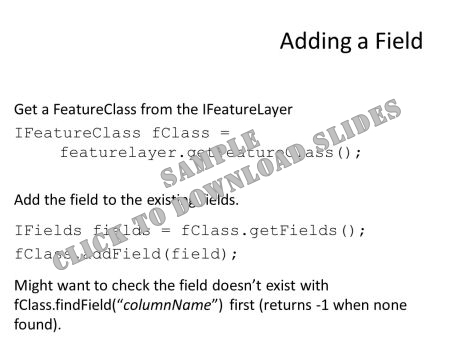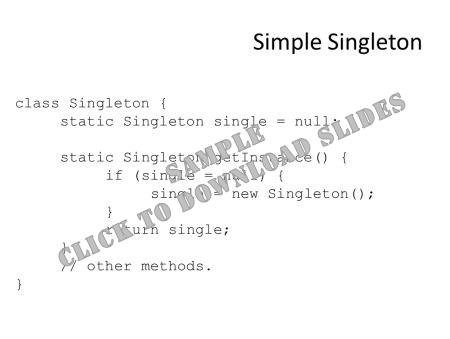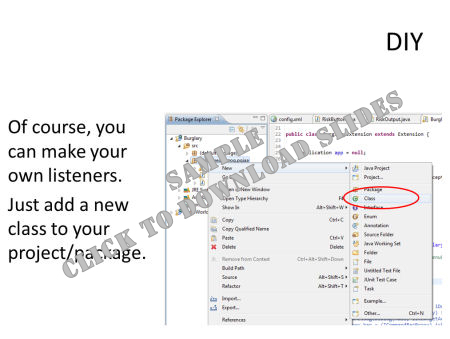Editing and Addin extras
[Part 4 of 12]
In this part, we're going to finish off looking at addins by first looking at editing data in Arc and then round off by looking at two aspects of programming and how we do them in addins: inter-object communication and event-based programming.
To finish off our data exploration in ArcObjects, we'll look at how we go about editing data.
Editing data (powerpoint)
Further info:
For more info on using Cursors in editing, see IFeatureCursor search.
For more information on the pros and cons of the different cursors, see VBA book "Getting to know ArcObjects" p.399.
Now we've got the code for the main route to data in Arc, we need to think through how we'd build on this to do analysis and build tools. There's a couple of key programming concepts that we need to transfer to addins in order to do this: inter-object communication and event-based programming. First up, inter-object communication.
Further info:
Singletons are a standard computing pattern. You can find a description on Wikipedia, and an example of a standard singleton in the Course Code Cookbook here: Singleton. There's also an explanation of why they are as they are in Why are Singletons needed, and how do they solve the issue?:
Getting data (powerpoint)
Next, event-based programming. Obviously some addins come with over-ridable methods for coping with events, but what about events from outside the addins?
Events (powerpoint)
Further info:
Now we've seen how to manage addins, we should be able to build analysis tools. As an example, the Full Examples page (also linked off homepage) contains a addin extension suite that works with Arc topologies to derive a variety of statistics about nodes and lines in the topology.


